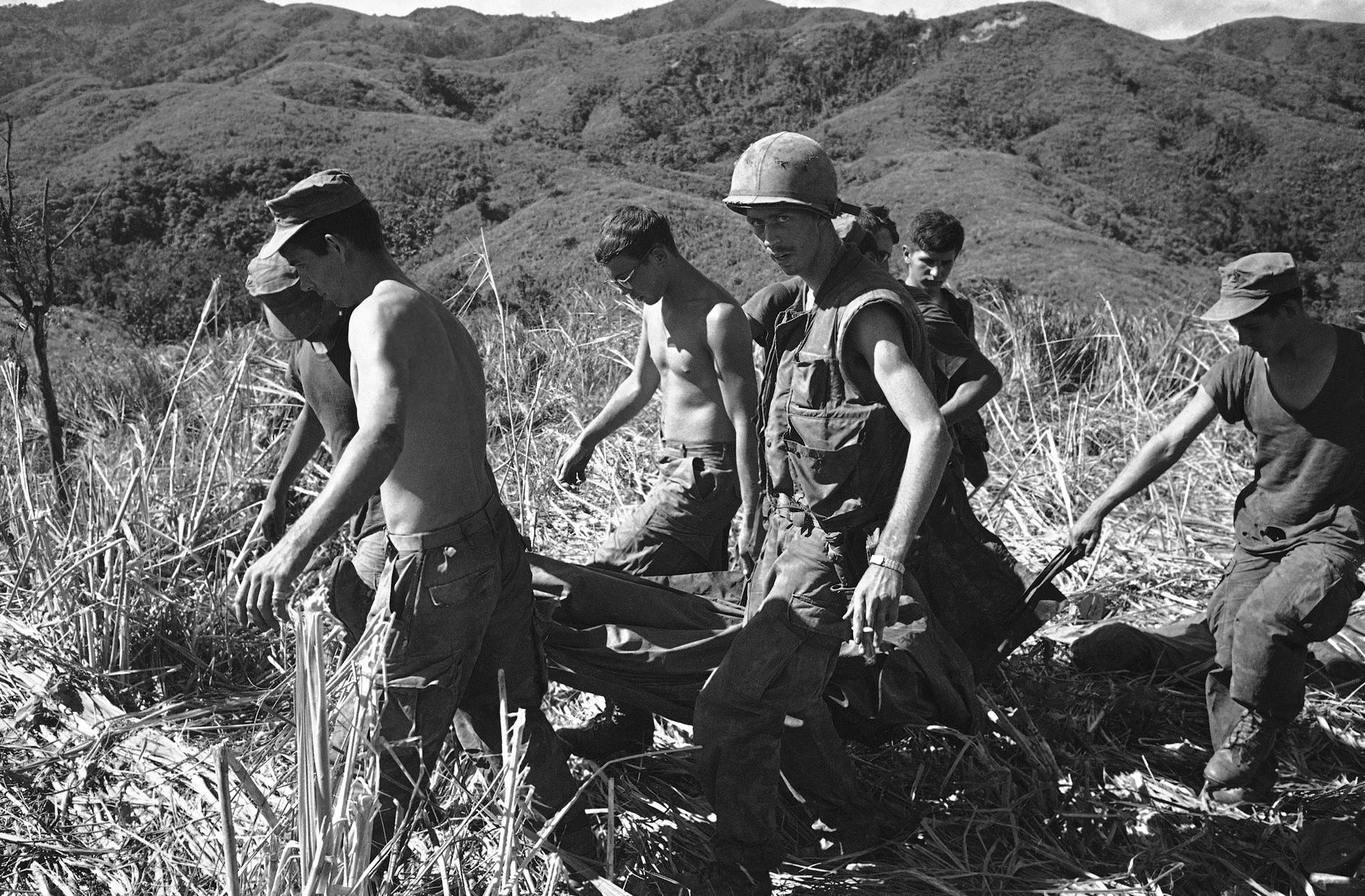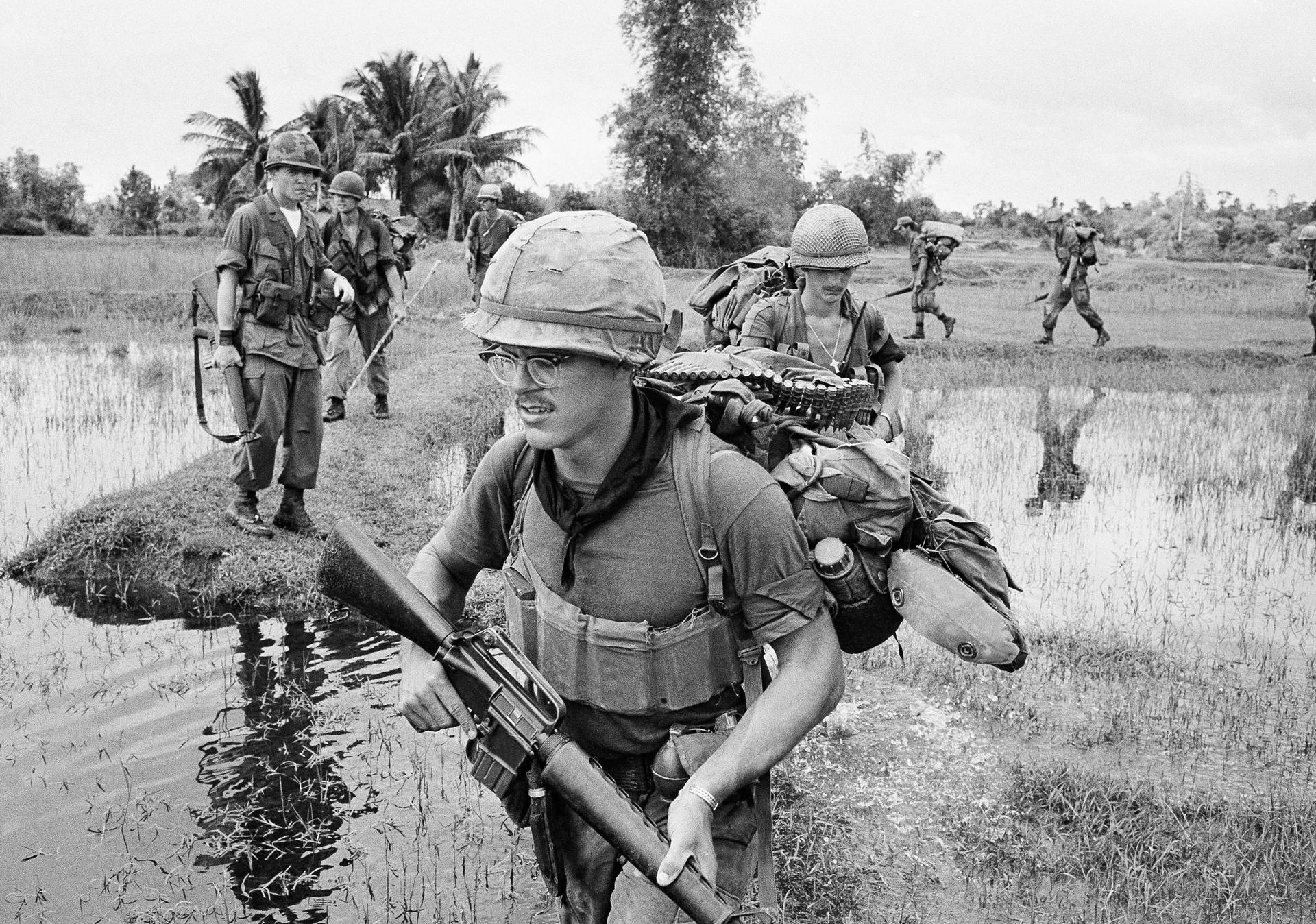50 years ago, Nixon announced the withdrawal of US troops from Vietnam
Fifty years ago this week, “Tie a Yellow Ribbon Round the Old Oak Tree,” a single by Tony Orlando and Dawn, was on its way to No. 1 on the charts.
The famous song told the story of one man’s homecoming.
For many Americans, the song held symbolic meaning — as its release coincided with President Richard Nixon’s announcement of the withdrawal of the last US combat troops from Vietnam, ending America’s direct military involvement in the war.
Although the Vietnam War didn’t end on March 29, 1973 — the withdrawal, in its 50th anniversary this week — still holds an important place in US history, especially for American veterans. More than 58,000 Americans were killed in action, and some 300,000 were wounded in the fighting.
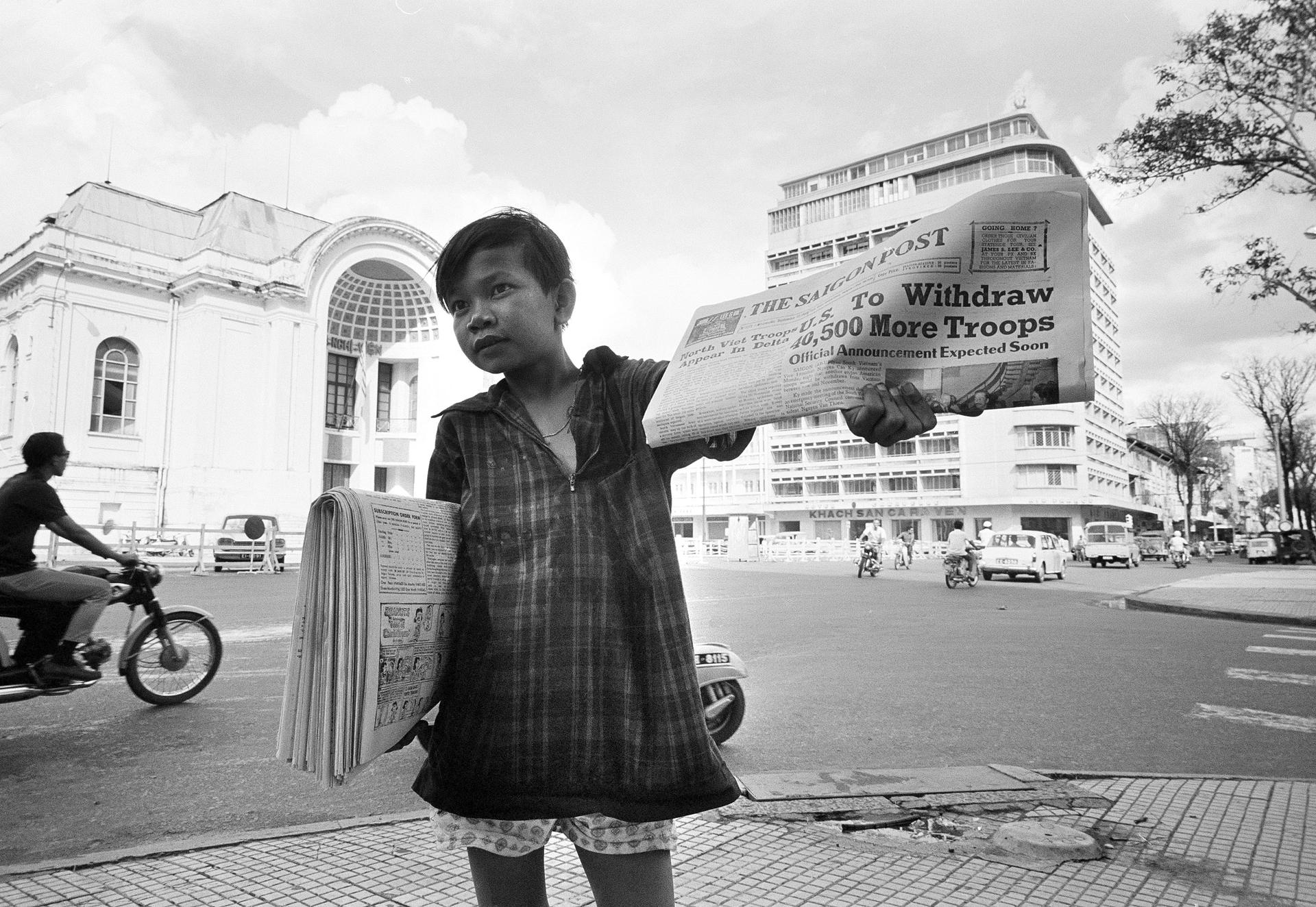
Until then, Nixon had resisted bringing the troops home, as did previous presidents: John F. Kennedy adhered to something called the Domino Theory. If the democratic government of South Vietnam were to fall to the Communists, so too, would other Southeast Asian nations. Kennedy’s successor, Lyndon B. Johnson, went on to send half a million US troops overseas to prevent a Communist victory.
The fighting in Vietnam was filmed and televised like no previous war.
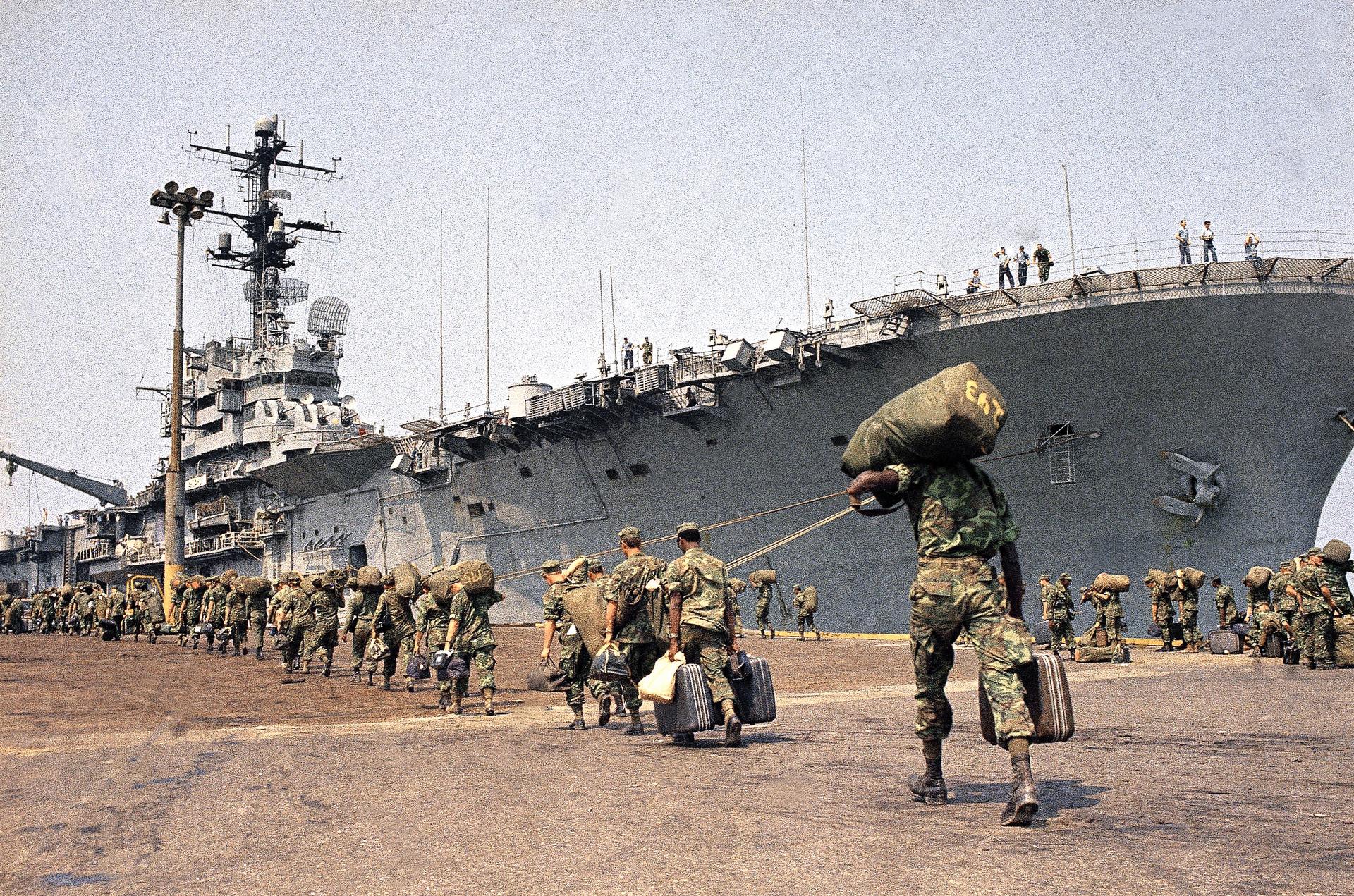
TV news — and Walter Cronkite from CBS, for example — took a critical view. In 1968, he called for the US troops to come home.
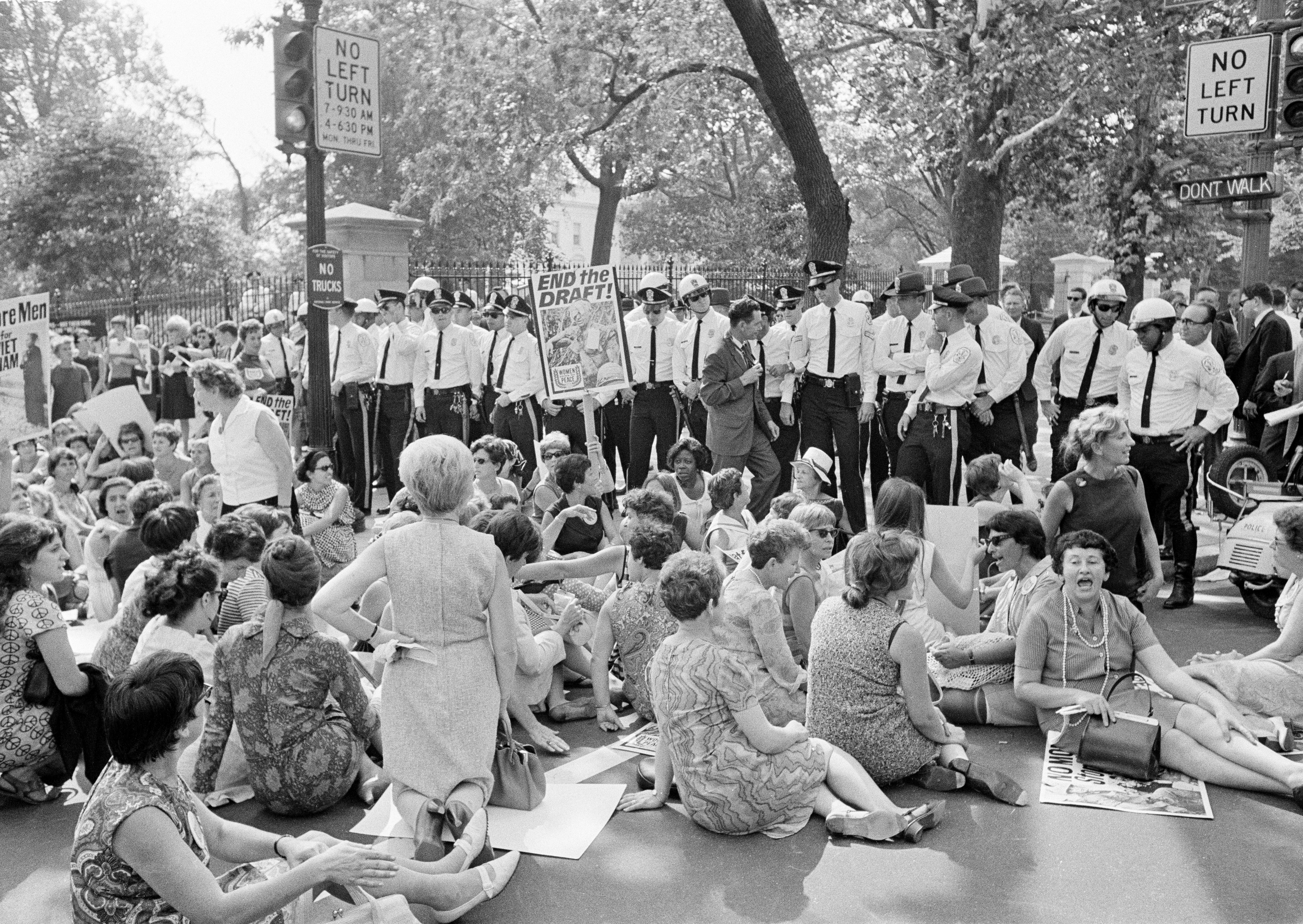
At Woodstock in 1969, Jimi Hendrix captured some of the rage that was tearing the US apart.
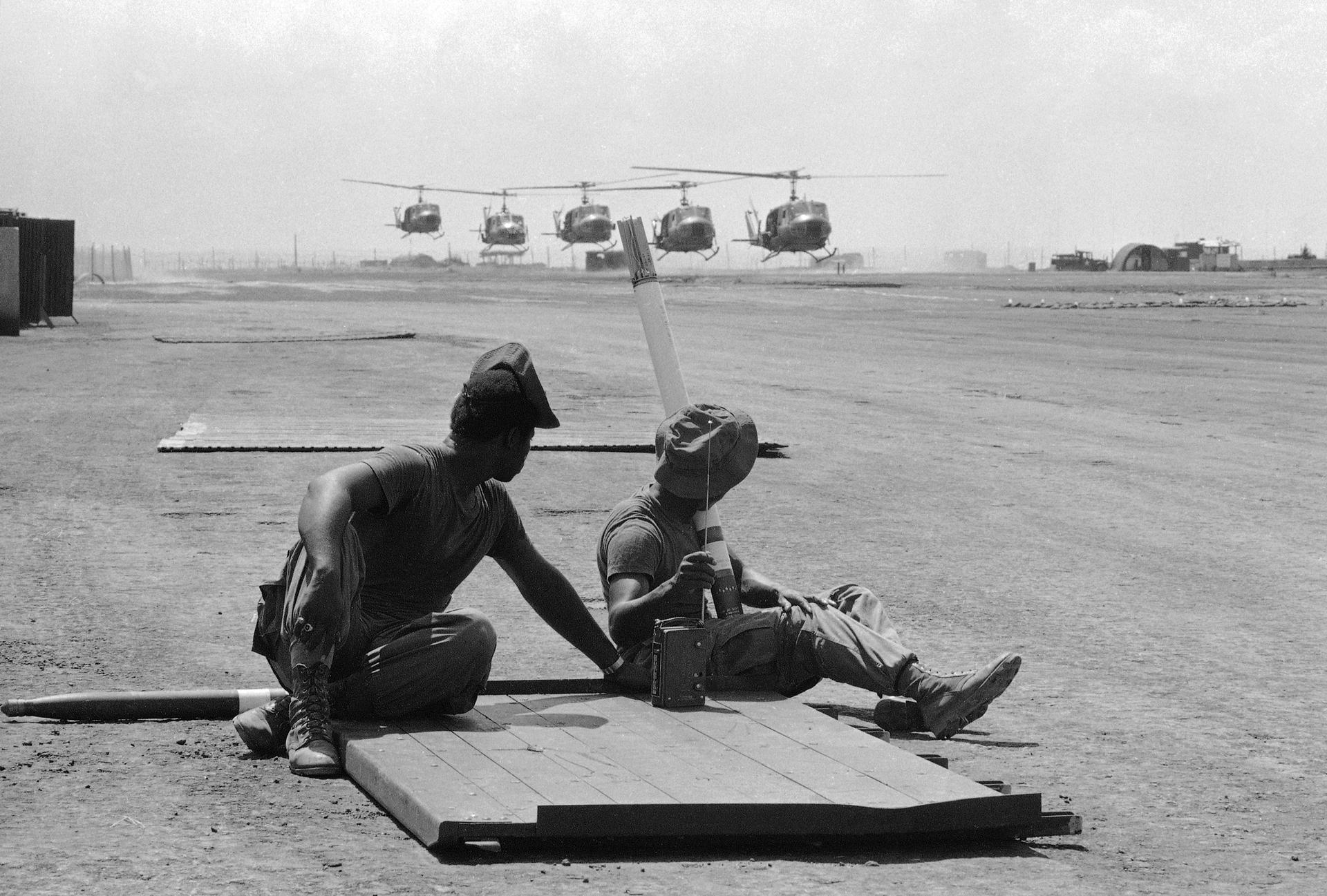
The public was torn by news of the My Lai Massacre — the mass murder of South Vietnamese civilians by American troops — the 1970 Kent State shootings at an antiwar protest, revelations from the Pentagon Papers in 1971, and media images of soldiers’ coffins being unloaded from US military planes.
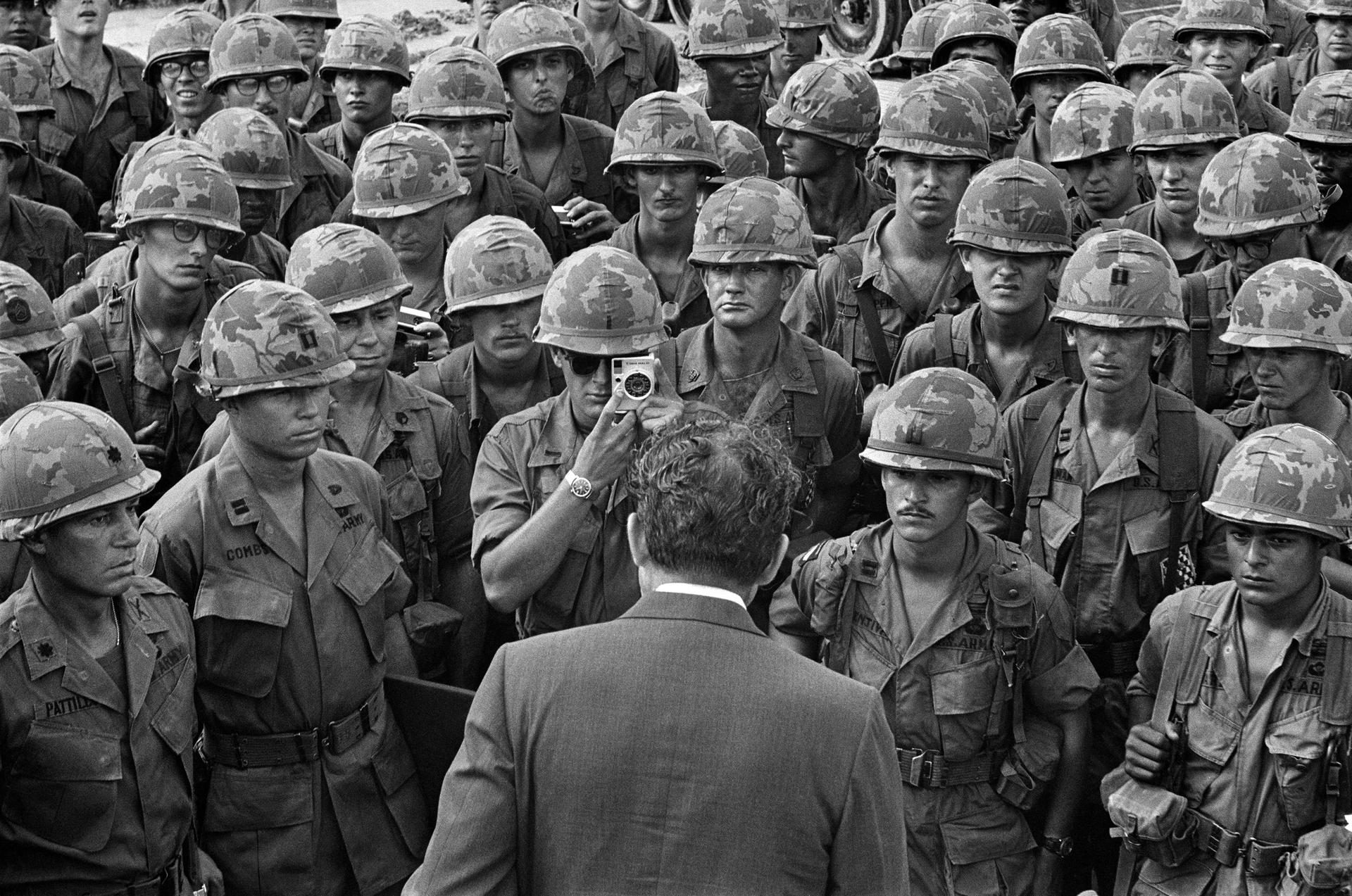
Nixon, and his National Security Adviser Henry Kissinger expanded the war, while pushing a diplomatic initiative to end it.
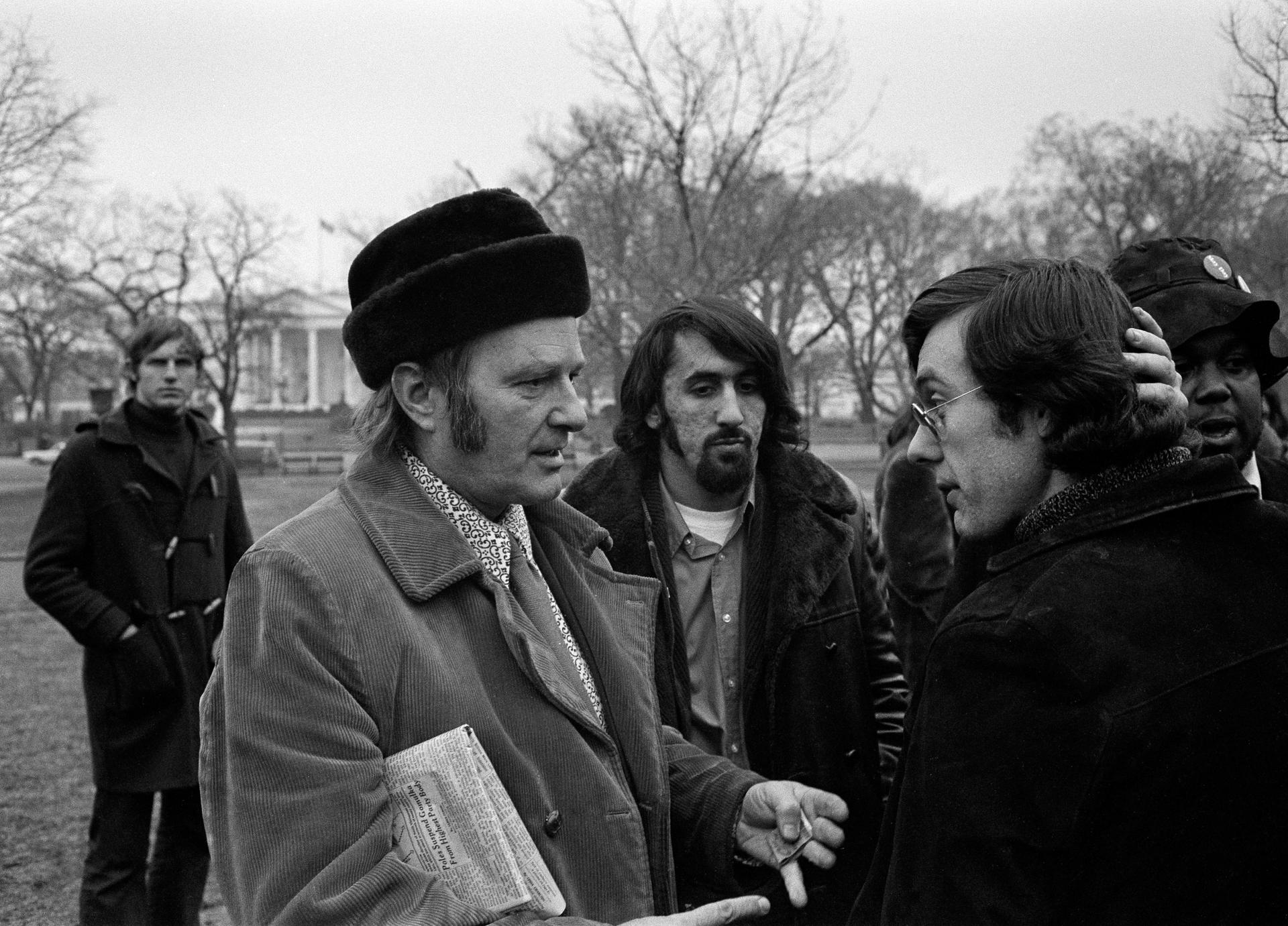
That happened in 1975, when South Vietnam fell to the North, and Saigon was renamed in honor of the Communist leader, Ho Chi Minh.
